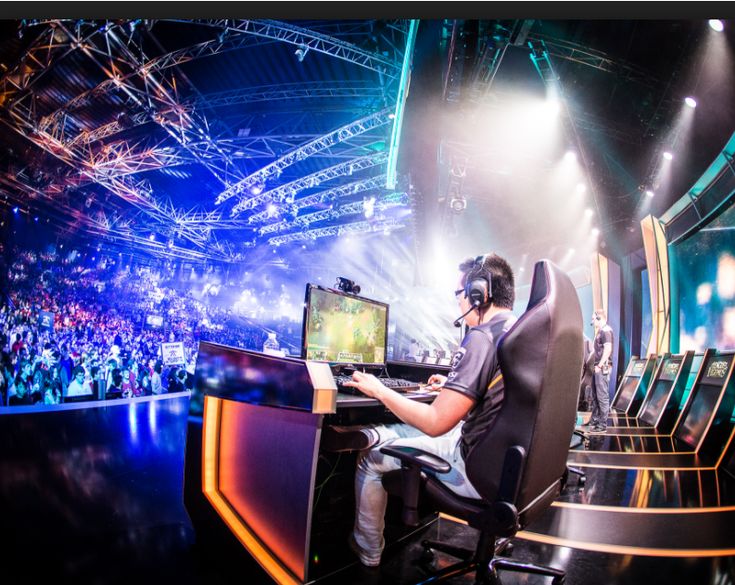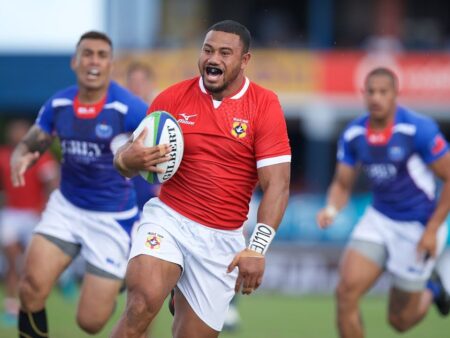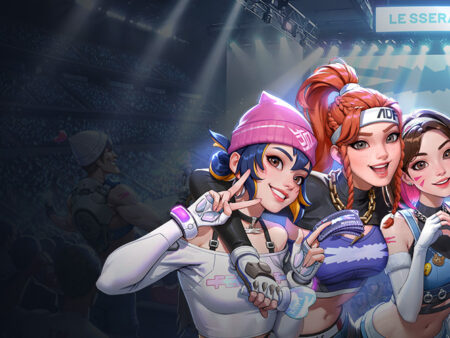
The journey of competitive gaming has been nothing short of extraordinary. What began as informal contests among enthusiasts, vying for prizes as modest as a magazine subscription, has exploded into a multi-billion-dollar global industry. This meteoric rise isn`t merely a cultural shift; it is, at its core, a profound “technology story,” as articulated by industry pioneers like Jeff Chau, Razer`s Director of Global Esports. From the flickering screens of arcade machines to today`s hyper-optimized arenas, technology has not just facilitated esports – it has defined it, constantly pushing the boundaries of what’s possible in digital competition.
The Precision Arms Race: Hardware as the Unsung Hero
For many casual observers, esports is about dazzling plays and strategic masterstrokes. Yet, beneath the surface of every headshot and perfectly timed ability lies a testament to relentless technological advancement. The tools of the trade – mice, keyboards, headsets – are no longer mere peripherals; they are precision instruments, meticulously engineered to shave off milliseconds and amplify player potential.
Consider the gaming mouse. Once a relatively simple device, it has transformed into a feather-light, wireless marvel boasting incredible battery life and unparalleled sensor accuracy. Jeff Chau highlights this evolution: “I played Starcraft, and it was like 120 to 150-gram mice… everything was wired, right? So now you have to go wireless, everything has to be lighter, and the battery has to last longer.” The recent launch of Razer`s DeathAdder V4 Pro, developed in close collaboration with Counter-Strike professionals, epitomizes this trend. Every gram, every millisecond of latency, every tactile click is scrutinized because, for these athletes, such minute details spell the difference between victory and defeat. This isn`t just about selling products; it`s about pushing the very limits of human-machine interaction in high-stakes environments. The technical demands of a `horizontal` MOBA like League of Legends differ vastly from a `vertical` action shooter like VALORANT, compelling manufacturers to adapt and innovate, making hardware just as critical as any in-game balance patch.
The Pantheon of Pixels: Athletes as Architects of Culture
Beyond the sophisticated hardware, the human element remains paramount. Esports has elevated a new class of celebrity: the professional gamer. These aren`t just skilled individuals; they are cultural icons, “GOATs” (Greatest Of All Time) whose influence extends far beyond the digital arena. Players like Lee “Faker” Sang-hyeok in League of Legends or Nikola “NiKo” Kovač in Counter-Strike 2 command massive followings, inspiring legions of fans and shaping the industry`s commercial landscape.
Razer, understanding this profound impact, actively engages in “persona product marketing.” Partnering with these titans of competitive gaming isn`t just about endorsement; it`s about connecting with a passionate fanbase that looks to its heroes for guidance, even in product choice. The success of the unique Viper V3 Pro Faker edition mouse, which saw unprecedented demand and a record-breaking activation at Razer`s HQ, underscores this phenomenon. These athletes aren`t just using the gear; they`re often integral to its development, providing invaluable feedback that refines products for the highest levels of play. Their success, amplified by cutting-edge technology, becomes a compelling narrative of achievement and aspiration.
From Niche Hobby to National Interest: Esports on the Global Stage
The increasing legitimacy of esports is perhaps its most telling transformation. What was once considered a niche pastime is now recognized by governments and major international bodies. The announcement of the Olympic Esports Games for 2027 by the International Olympic Committee, and esports` inclusion as a medal event in the Asian Games since 2022, signal a fundamental shift.
Jeff Chau notes the profound role of governments, particularly in Asia. “Some, like Korea, have made it an official profession,” he states, highlighting that South Korean esports gold medalists in the Asian Games can even receive exemptions from mandatory military service – a privilege typically reserved for traditional Olympic athletes or acclaimed artists. This isn`t merely symbolic; it confers a level of prestige and professional recognition that would have been unimaginable just a generation ago. While controversies around host nations, such as Saudi Arabia for the inaugural Olympic Esports Games, suggest a nascent industry still navigating complex geopolitical waters, the overarching trend is clear: esports is rapidly integrating into the global sporting and economic fabric.
The Horizon of Play: AI and the Uncharted Territories
Looking ahead, the esports landscape promises continued dynamism, with technology once again at the forefront. Razer`s focus on Artificial Intelligence (AI) for gaming, including their AI Centre of Excellence in Singapore and Project AVA coaching program, signals the next frontier. Project AVA, an AI personal assistant, analyzes player performance, provides post-match breakdowns, and offers feedback – essentially democratizing high-level coaching. This initiative aims to help new players overcome increasingly steep learning curves in complex titles like NetEase`s Marvel Rivals or the ever-evolving League of Legends.
Chau aptly summarizes the future strategy: “Follow the market, follow the players, follow the fans.” He anticipates a dual trajectory: the enduring dominance of established titans like Counter-Strike, maintaining massive active player bases, alongside the emergence of “the next big esports title” – be it on mobile or an entirely new platform – that will capture global imagination. The industry`s ability to adapt, innovate, and respond to these shifts will determine its continued exponential growth.
Esports is a living, breathing testament to technological progress and human competitive spirit. From its humble origins, propelled by continuous innovation in hardware, celebrated by charismatic athletes, and increasingly endorsed by global institutions, it has cemented its place as a significant cultural and economic force. As AI begins to reshape training and new games constantly challenge the status quo, one truth remains constant: the “technology story” of esports is far from over. It is, in fact, just beginning its most exciting chapters.










